In Part 2 of our “How to read research like a psychologist” series, we explain the sections of a research article and which parts are most relevant to you.
Take yourself back to your high school chemistry lab reports. There’s a reason we wrote those lab reports in high school; it helps to have a common structure. Grown-up scientists write their reports in the same way — there’s an Abstract, Method, Results, Discussion, etc., all things you’re probably already a little bit familiar with from the high school science fair! Let’s break it down:
Abstract: A very brief summary of the whole article. For non-scientists, I recommend starting here to make sure the article really addresses what you want to learn about.
Introduction: Gives you a summary of the most relevant research that has already been done that led to the research question being studied in the current article, tells you what the current question is and the hypothesis (what the researcher is guessing is the answer to the question based on what they’ve read of past research and plans to test out). AKA a good introduction gives you the setup from past work to tell you what gap in knowledge this article aims to address.
Method: Tells you who is in the study (participants), how the study was done (procedure), how the results were measured and how data was collected (measures). Check here for red flags about the size and composition of the group being studied (See Part 1). Also, when comparing different studies that get different results, this might be the reason why.
Results: Now, you’d think that this would be the best section to go to for people who don’t want to involve themselves in the nitty-gritty and just want to know what the findings of a study are, however, for the most part, you’d be wrong. This section tends to be statistics-heavy and will give a detailed account of how the data was analyzed so that other researchers can do the study again (explained more below in the ‘red flags’ section). Also, the interpretation of these results is in the discussion, so this is just more a listing of findings. Honestly, unless you’ve got training in stats or are just intuitive about data analysis, skip this.
Discussion: This section is what you really want! The first paragraph will often give a quick overview of the study and then other paragraphs unpack that summary in more detail including incorporating discussion of other research that relates to this research question. This is where the authors will explain the results from the Results section in words. This is the most important section for non-scientists who want a description in words of the study question as well as the findings.
Limitations and future directions: In this section, the authors of the article should acknowledge that their work isn’t perfect (no study is!) and mention ways future researchers can improve on the work that they’ve done. They’ll also highlight things people need to keep in mind when thinking about the results of their paper that weren’t part of the study but still impacted the findings (like if the study was conducted during a major societal event such as- choosing a random example-, a global pandemic).
As we stated in Part 1, science and knowledge are for everyone and part of our mission here at CASD is to make that knowledge as accessible as possible to the families that we serve. Although we hope it’s helpful, this is obviously a very brief overview of a complicated topic!
 https://riseandshine.childrensnational.org/wp-content/uploads/2025/06/boy-with-concussion-Feature.jpg
300
400
Danielle Robbins
https://riseandshine.childrensnational.org/wp-content/uploads/2017/11/childrens_riseandshine_logo.jpg
Danielle Robbins2025-06-11 11:47:322025-06-11 11:47:32Concussions in Autistic children
https://riseandshine.childrensnational.org/wp-content/uploads/2025/06/boy-with-concussion-Feature.jpg
300
400
Danielle Robbins
https://riseandshine.childrensnational.org/wp-content/uploads/2017/11/childrens_riseandshine_logo.jpg
Danielle Robbins2025-06-11 11:47:322025-06-11 11:47:32Concussions in Autistic children







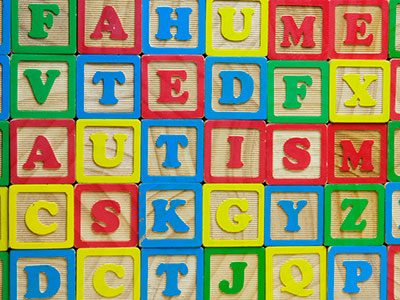

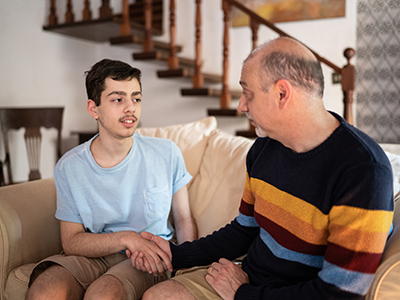


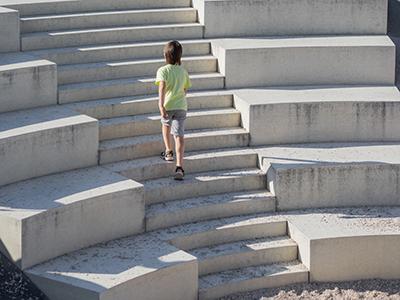

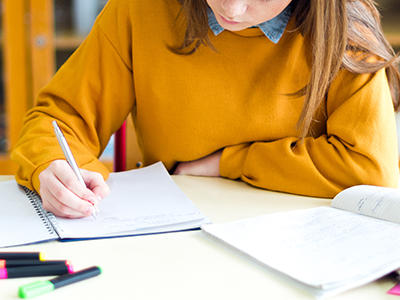

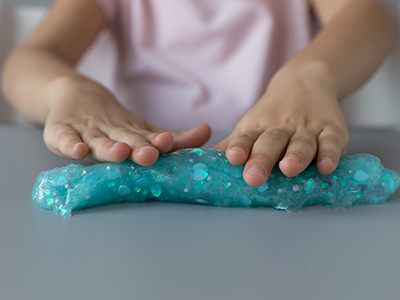
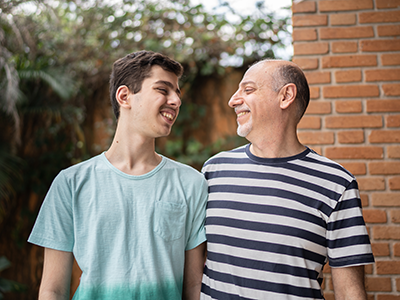



Leave a Comment
Want to join the discussion?Feel free to contribute!